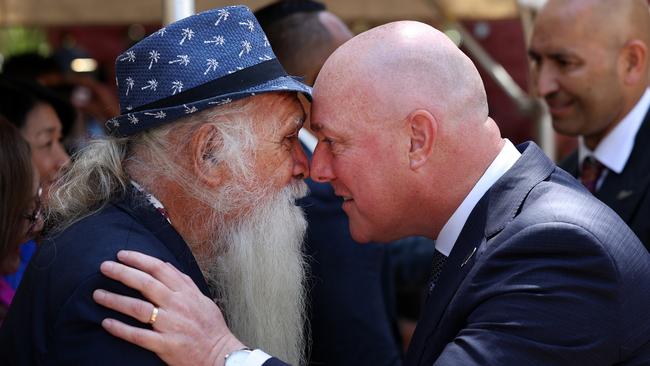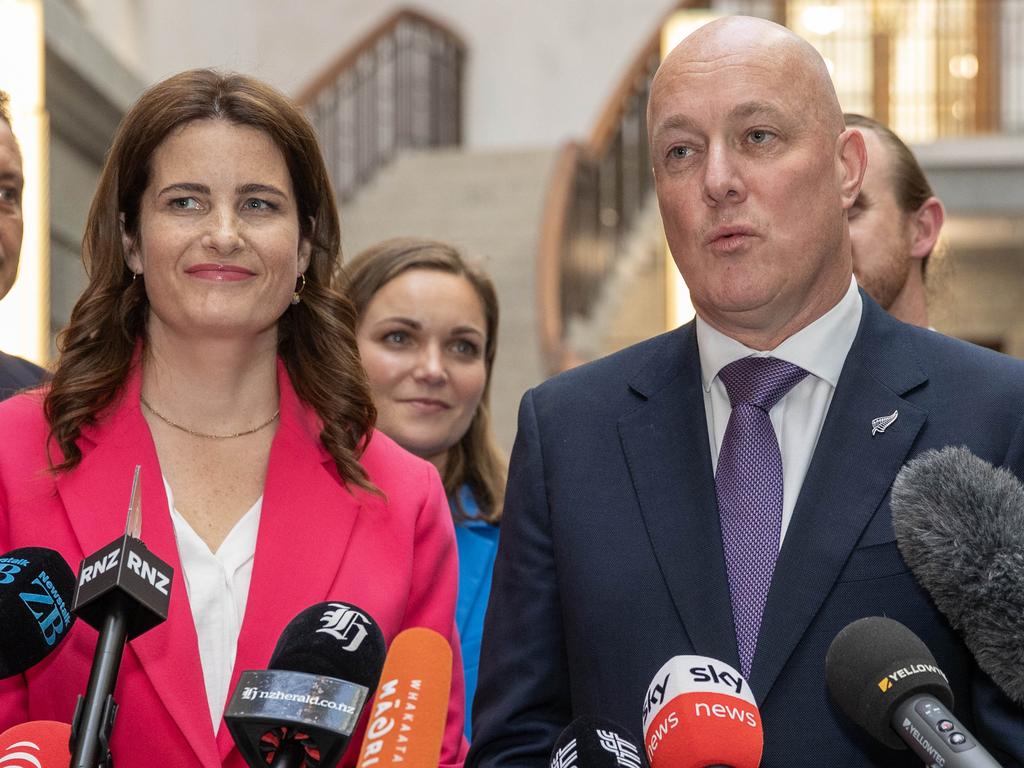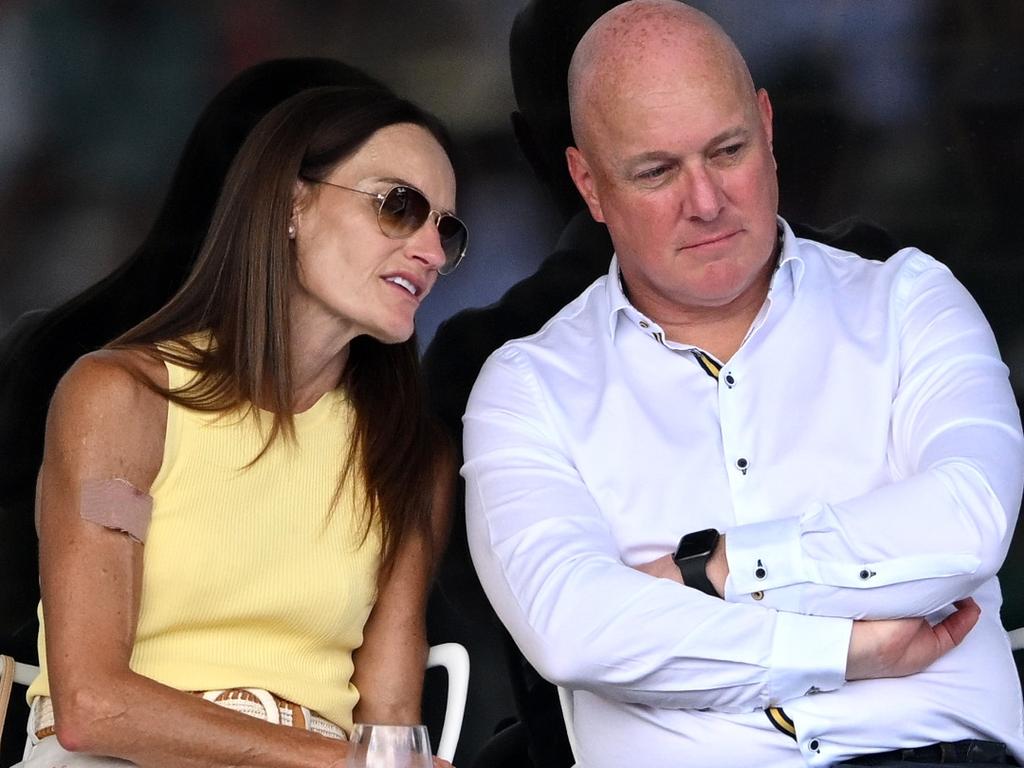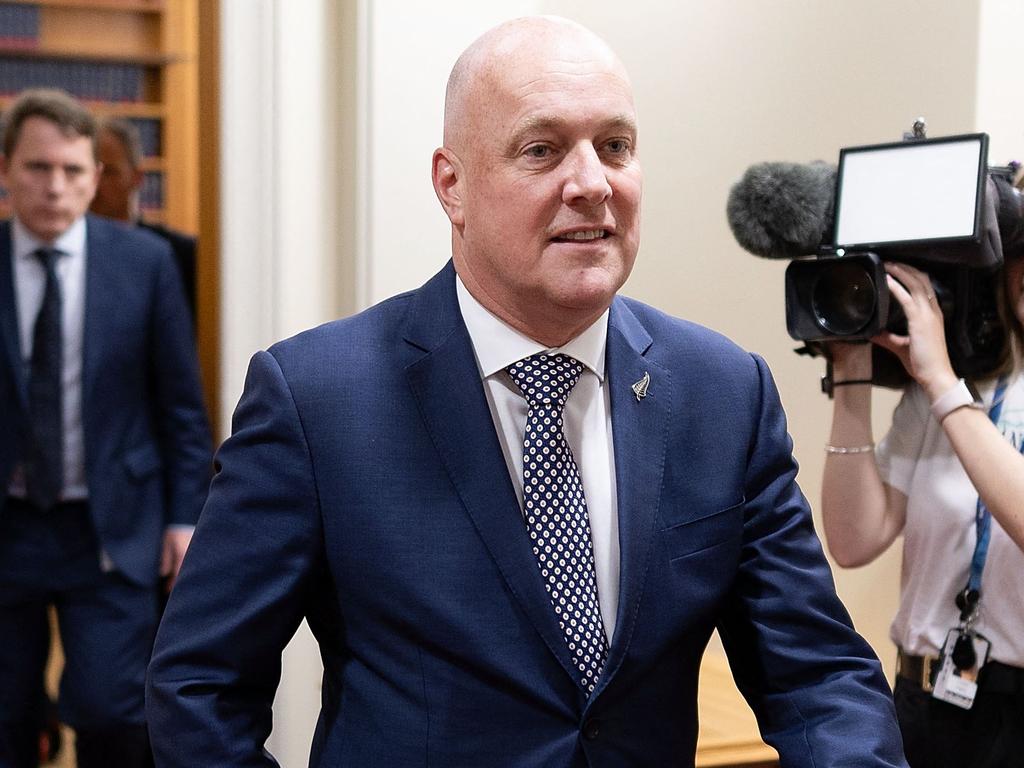
Yet New Zealand’s annual rhetorical scrap is usually cathartic and necessary. The socio-economic status and economic and political power of Māori in New Zealand are very different from indigenous people in Australia. In New Zealand, over 17 per cent of people identify as Māori and many more are connected personally or economically to the Māori world. Māori may still be poorer on average than other New Zealanders but tribally-owned businesses have major stakes in the country’s agriculture, fisheries, tourism and commercial property sectors.
It’s fair enough that foreign media focus on Māori in traditional warrior garb conducting traditional challenges to visiting government ministers, the same ritual on which the All Blacks’ haka is based. Pictures of ministers meeting with Māori tribal, commercial and social-service leaders behind the scenes to discuss the year ahead would be indistinguishable from any other photograph of a bunch of people in a boardroom. But those meetings are often the more important.

This year drew more media attention than usual, because of a commitment in the coalition agreements among the right-wing National, NZ First and Act parties that the latter could introduce a bill to hold a referendum to redefine the principles of the country’s founding document, the Treaty of Waitangi, on 21st century liberal-democratic terms. The bill will fail, not least because it would risk inviting the courts to start interpreting traditional Māori concepts of sovereignty and tribal authority.
Prime Minister Christopher Luxon has belatedly recognised agreeing to the Act proposal in coalition talks was a mistake, since it has fuelled a fiery debate while ultimately not being able to achieve a majority of parliament. Even his own National Party is adamantly opposed to supporting the bill beyond the select committee stage.
In the wash-up, Act has surged to 15 per cent in some polls but Luxon’s National is also up to 40 per cent. Act claims its poll surge is evidence that a silent majority backs its radical constitutional proposal. National strategists point out that the polls also show 80 per cent of New Zealanders back parties that prefer the imperfect status quo. That judgment seems about right. When previous political figures have launched attacks on the Treaty of Waitangi, their poll gains have been as high as 17 per cent, but never more.
Luxon has now unequivocally ruled out Act’s bill becoming law and aims for it to be thrown out by 112-11 by parliament before spring. He has no intention of following Anthony Albanese in allowing a pointless constitutional debate to overwhelm his first term. He knows that National governments are elected to fix the economy and crack down on crime and that it is his performance on those issues that will determine his re-election – in which case, the new Prime Minister and his ministers have much work to do.

ANZ now picks the Reserve Bank of New Zealand (RBNZ) will increase interest rates twice more in the first four months of the year, taking the official cash rate (OCR) to 6 per cent, with no cuts picked until next year. The ANZ’s economists worry that the economy remains at near-capacity, with unemployment remaining low at four per cent in December and non-tradeable inflation at 5.9 per cent last calendar year. That’s despite Kiwis continuing to get poorer, with GDP per capita falling by 0.9 per cent in the last reported quarter.
Borrowers will know more about the OCR outlook on February 28, when the RBNZ issues its next monetary policy statement. But it warned publicly in November that if inflationary pressures turned out stronger than anticipated over summer, it would likely need to increase rates.
The main causes of persistently high inflation include the record quarter million new immigrants the previous Labour Government let in over the previous 12 months and its unprecedented fiscal profligacy. When Jacinda Ardern took office in 2017, the New Zealand government was spending NZ$81 billion (AUD$76bn) a year. During Covid, that ballooned to NZ$108b in 2020/22. But, then, incredibly, even after Covid, Labour further blew out spending to the whopping NZ$140b forecast for 2023/24.
Kiwi voters saw little if anything from the money. Tens of billions were spent on Covid wage subsidies that evaporated immediately into inflation. Proving yet again that Utopia’s Rob Sitch is a documentary maker rather than a comedian, hundreds of millions were spent on planning and promoting infrastructure projects that everyone knew would never proceed. New Zealand’s Auditor-General, John Ryan, reported in December that there was no proper processes or paperwork to allocate the $15b the previous government spent on its so-called “Great New Zealand Upgrade” and “Shovel-Ready” infrastructure programs, with officials still not knowing where all the money went.

Wherever all the money went, Labour’s growth in spending was funded largely by borrowing, with net government debt blowing out from NZ$16b in 2017 to a forecast NZ$108b in 2026. Yet the election of the new ostensibly right-wing National-NZ First-Act Party Coalition has yet to materially change the numbers.
Tackling what is now a structural fiscal deficit should have been the new government’s overwhelming priority. Instead, Prime Minister Luxon promised tax cuts in this year’s Budget, expected in May, both to the middle-class and landlords. To pay for Luxon’s promises, Finance Minister Nicola Willis is valiantly seeking cuts to the Wellington bureaucracy, asking departments to identify savings or either 6.5 or 7.5 per cent, depending on how much their budgets grew under Labour.
Fiscal conservatives worry Willis will fall victim to senior mandarins adopting a Washington Monument strategy. Privately, some departmental chief executives admit their head offices could be slashed by as much as 50 per cent without anyone noticing the difference.
The Ministry of Education, for example, saw its head office numbers explode by 55 per cent during Labour’s six years, to 4211 bureaucrats, dismaying even the far-left teacher unions who point out student and teacher numbers increased only 5 per cent over that time. The so-called Ministry for Business, Innovation and Employment, widely mocked by the business community for failing to promote innovation or employment, saw its head office numbers grow from 3700 to 6100 over the same period.
More than 10,000 people now “work” in those two agencies alone. Willis’ modest cuts won’t do much more than reverse one year’s reckless hiring.
More will be learned about whether Willis will increase her demands to restore bureaucrat numbers to 2017 levels when she issues her Budget Policy Statement later today. Now 11 weeks into the job – notwithstanding the summer holidays and Māori calendar – neither she nor Luxon can allow Kiwis’ focus to keep drifting away from the need to radically reform the country’s woeful economy much longer.








New Zealand is now through its annual “MÄori calendar”, in which it spends January and early February arguing over the state of race relations, leading up to its national holiday, Waitangi Day. Through Australian eyes, it all looks shambolic and divisive, and a far cry from the celebratory Australia Day.